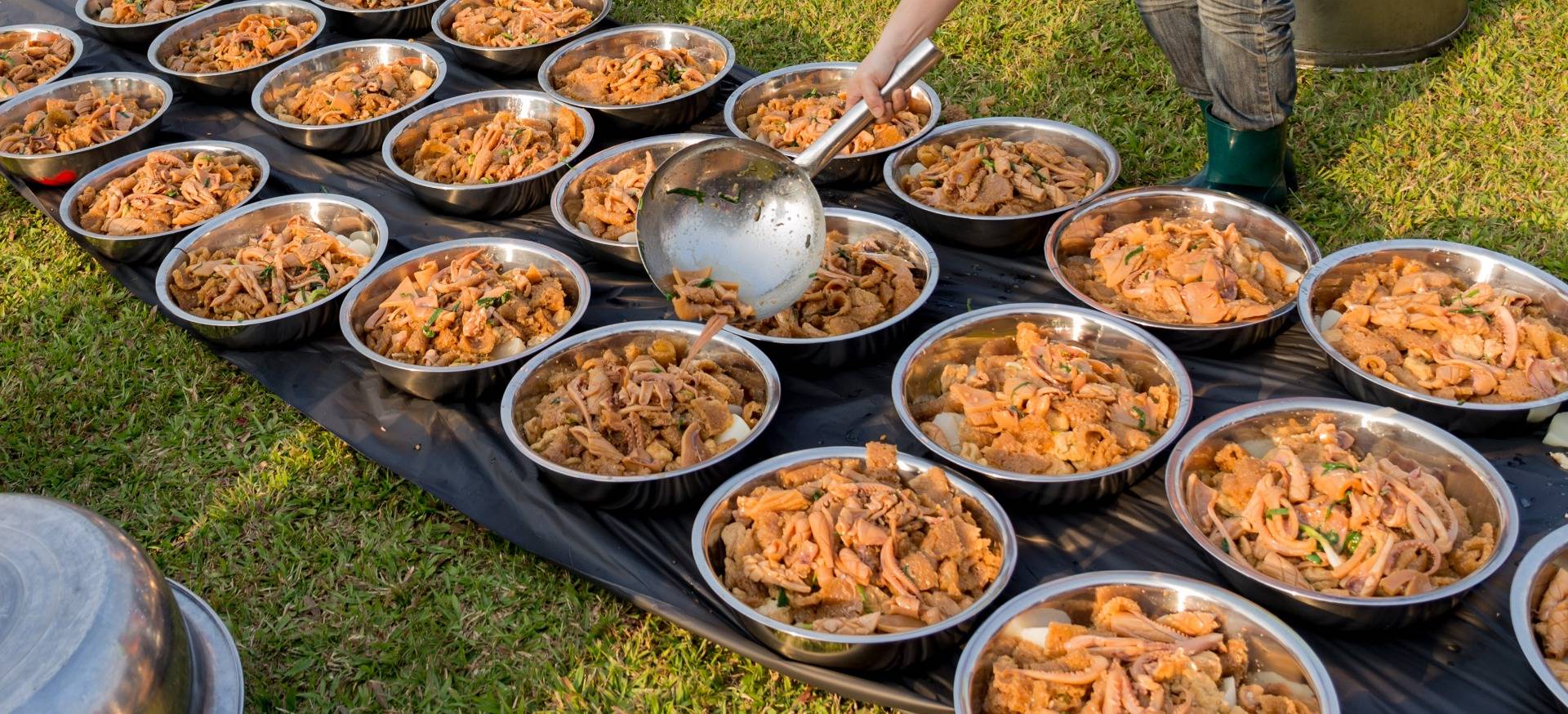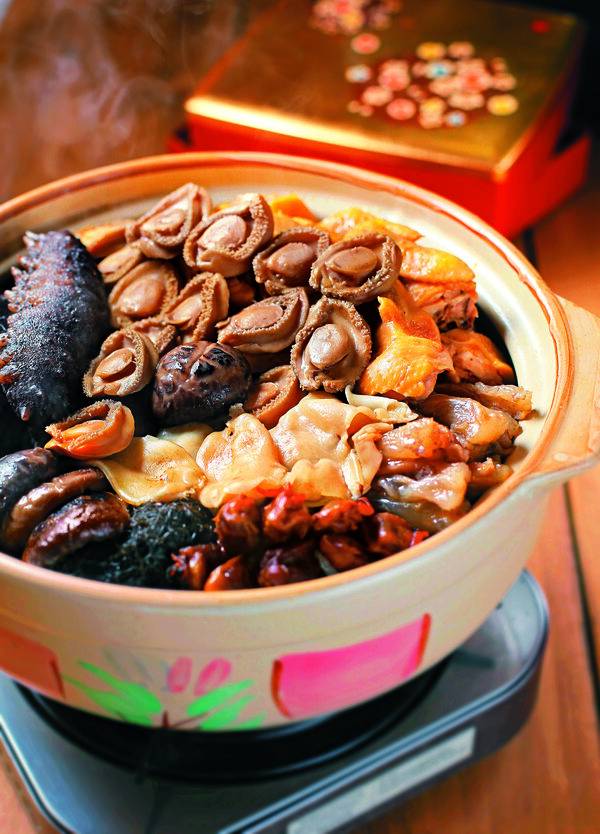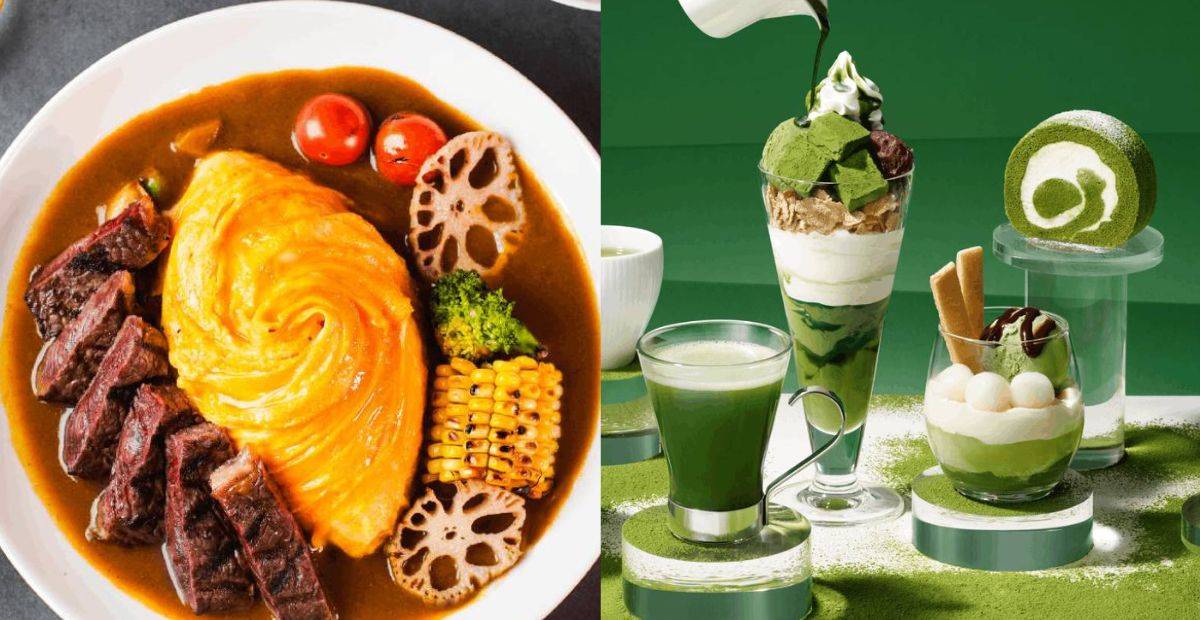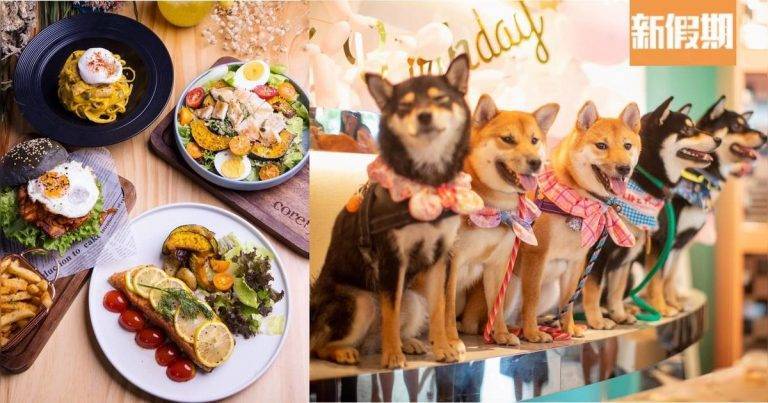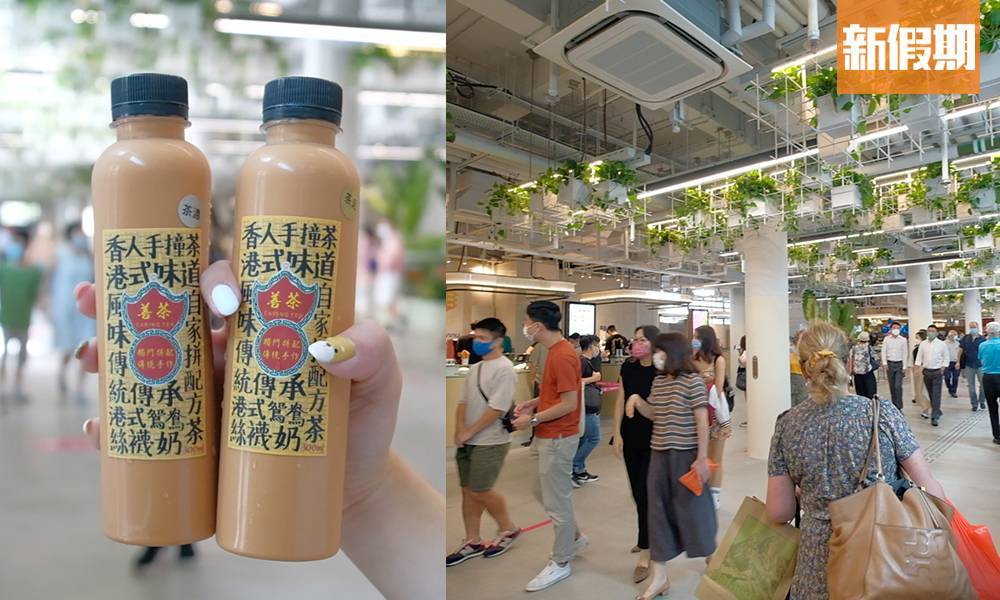Basin Meal: Uniting the local Clans of the New Territories
Basin Meal
Basin Meal| Introduction
Basin Meal| Areas
Basin Meal| Date
Basin Meal| Historical evolution
Basin Meal| Events
Basin Meal| Introduction
In the New Territories, local walled villages traditionally prepare basin meal (“Poon Choi”) to feast their clansmen during occasions such as ancestral worship, Taoist rituals, weddings, childbirth celebrations (lighting the lamp), and temple consecrations. The clansmen gather around and eat together, symbolizing unity. Poon Choi is a unique culinary culture that has been passed down for hundreds of years in the local clan villages of the New Territories. It not only serves to maintain ethnic cohesion but also fulfills a social function of confirming the identity of clan members.
Basin Meal| Areas
New Territories
Basin Meal| Date
Whole year
Basin Meal| Historical evolution
Food basin is the term used by local clans in the New Territories to refer to the feast of basin meal shared by clan members. Basin meal is a traditional mixed dish that consists of various dishes served in a wooden basin.
The main clans in the New Territories are the local and Hakka ethnic groups. The ancestors of the local clans mostly migrated to Hong Kong during the Song and Yuan dynasties. They generally speak Weitou dialect. Due to their descendants, large clans were formed by the middle and late Ming Dynasty, engaging in clan activities such as building ancestral halls and compiling genealogical records. The Hakka clans moved to Hong Kong after migrating from coastal areas during Emperor Kangxi’s reign in Qing Dynasty, mainly speaking Hakka dialects. Food basin is a unique clan activity limited to local clans, with its history dating back to the middle and late Ming Dynasty when these clans were formed, spanning over 400 years.
Due to its suitability for large-scale preparation and easy consumption, basin meal is suitable for serving numerous clan members during festive occasions. Therefore, it has stood the test of time. Cooking basins and eating from them are still practiced on joyous events, religious festivals, sacrificial ceremonies etc., where clan members gather together for meals. This not only serves as a means of maintaining ethnic identity but also fulfills social functions related to confirming one’s membership within a clan community. Food basin remains a unique culinary culture in rural areas of the New Territories.
Since Hong Kong’s return before and after 1990s, people have been nostalgic about their homeland sentiments gradually developing local “day trips”. Basin meal often becomes designated food during these journeys or even at large-scale banquet events promoting local traditional dietary customs which allows urban dwellers an opportunity for deeper understanding towards food basins.
In recent years, basin meal has become increasingly popular; every festival sees teahouses, restaurants,
eateries, and fast-food chains offering various vegetarian, seafood, and flavored basin meal to attract diners. This has transformed basin meal from a traditional village food into a representative festive food of Hong Kong. However, it is no longer directly related to the food basin activities of village clans.
Basin Meal| Events
In the New Territories, local walled villages traditionally hold basin banquets during occasions such as clan worship, Taoist rituals, deity birthdays, and festive events like weddings, childbirth celebrations (“lighting the lamp”), temple consecrations, housewarming parties, or the spring and autumn ancestral ceremonies. On these festive days, villagers set up dozens to hundreds of tables filled with basin dishes in their clan temples or open spaces in the village. Some even have “flowing tables” where family members take turns enjoying the food at different times.
When eating from a communal pot (basin), family members sit together symbolizing “unity,” which helps maintain strong bonds among relatives and enhances villagers’ sense of belonging and identity within their community. Eating from a communal pot during life events like weddings and childbirth celebrations (“lighting the lamp”) also signifies a change in status and confirms one’s membership within the clan. By partaking in the communal meal (basin), it represents recognition of their marriage and acceptance of new members into the clan.
Preparation of basin meal
Traditional basin meal were served in wooden basins but are now commonly served in metal or ceramic basins for easier cleaning and sterilization purposes. The ingredients used for basin meal vary depending on the occasion and traditional recipes from different villages. Common ingredients include pork meat, radish, fried tofu puffs (tofu pok), pig skin jellyfish strips squid tentacles bamboo shoots etc.. However when organizing vegetarian meals are prepared to serve villagers during religious festivals such as Tai Ping Ching Chiu festival . For example after each year’s lighting ceremony banquet at Ma Tin Village , pork is distributed to male villagers while straw mushrooms are used as an ingredient for female newborns.
The process of preparing basin meal is complex; it involves numerous steps including washing ingredients , preparing them , cooking them ,and distributing food . Typically villages start preparations one to two days in advance of the basin banquet. Village helpers first clean and prepare the ingredients, then the master chef cooks and seasons each dish individually, with braised pork being the most challenging culinary skill required. After cooking all the dishes, the master chef and helpers layer them one by one into a basin in a specific order; this step is called “assembling the pot”. The bottom layer consists of ingredients that easily absorb sauce such as radish, dried eel skin , pig skin jellyfish strips bamboo shoots etc.. The middle layer contains pork meat while chicken, duck, fish are placed on top. Once assembled, villagers gather in clan temples or open spaces within their village to sit together and enjoy the basin meal.
What is the basin meal?
The basin meal, also known as “Poon Choi,” is a traditional culinary tradition in the Punti walled villages of the New Territories in Hong Kong. It is a feast where clan members gather around…More Details
How is the basin meal prepared?
The preparation of the basin meal is a complex process. Village helpers clean and prepare…More Details


